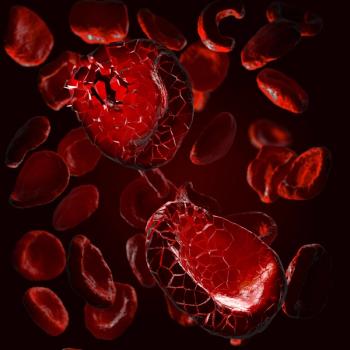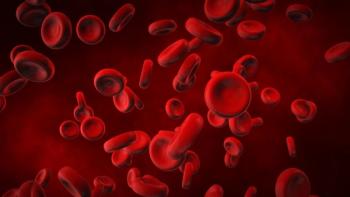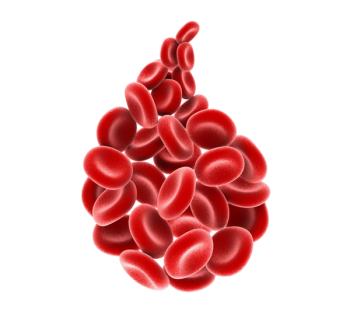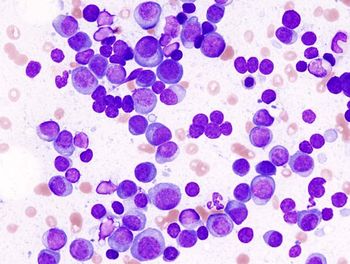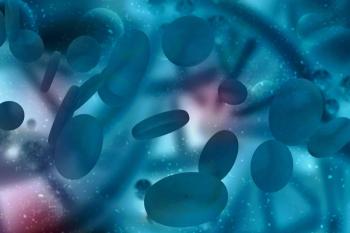
Region-Based Genetic Disorders Affect Cancer Treatment Decisions
In areas that have a higher incidence of genetic conditions, experts across different fields have to collaborate to develop cures and therapies.
Region-based genetic conditions, such as sickle cell disease or thalassemia, are key considerations when contemplating cancer treatment decisions.
Around the 2025 Immune Cell Effector Therapy Congress in Kansas City, Kansas, Syed Osman Ali Ahmed, MBBS, BSc (Hons), MRCP, FRCPath, CCT, spoke with CancerNetwork® about his presentation titled “Global Experience With Cellular Therapeutics.” In the presentation, he discussed how region-based genetic disorders affect the global cellular therapy landscape.
Ahmed, an attending physician at King Faisal Specialist Hospital and Research Centre in Riyadh, Saudi Arabia, said that the scientific, medical, and research communities have to work together to overcome the problems that these disorders can cause. He also noted decentralized point-of-care manufacturing as a possible remedy to this problem, as it would decrease the cost per commercial product, although the product would still be expensive.
Transcript:
Genetic disorders are particularly a challenge in the Middle East. In the Middle East, you have countries of different income groups. You have high-income countries, you have middle-income countries, and you have low/middle-income countries. [Some] things that are more common in the Middle East and the Near East are the genetic disorders. For example, you have a belt of certain diseases or genetic disorders that you come across, such as sickle cell disease or thalassemia, that are more prevalent in these areas. To add to that, you have larger family sizes. You have practices like marital consanguinity, for example. You have a higher incidence of these genetic disorders. When you have a higher prevalence and you have potential innovative therapies that can address these problems but are more expensive, you have a challenge of how to square the circle. That is something that the scientific, medical, and research communities have to work together on.
How do we get these amazing, groundbreaking findings that humanity has been able to reach? How do we get that knowledge, these breakthroughs, and these inventions to everybody else? The stakeholders that are going to make this happen are government payers, philanthropy, and research funds to develop platforms in conjunction with industry that make these therapies cheaper to manufacture at scale. There are [several] outfits that are doing that in Africa, for example, to try to address HIV through cell and gene therapies, and to take this platform to South America, for example.
Using platforms…for example, we talked about point-of-care closed-manufacturing systems. These [platforms] can be cheaper than the commercial products per unit, but they still have a significant cost because of the equipment, the reagents, and the consumables that need to go with them. There are other ways that can significantly reduce costs, especially if CAR [chimeric antigen receptor] T with simpler flasks can be made scalable. It requires a concerted will to address this from an affordability point of view.
Reference
Ahmed SO. Global experience with cellular therapeutics. Presented at: 2025 Immune Cell Effector Therapy Congress; September 27-28, 2025; Kansas City, KS.
Newsletter
Stay up to date on recent advances in the multidisciplinary approach to cancer.


